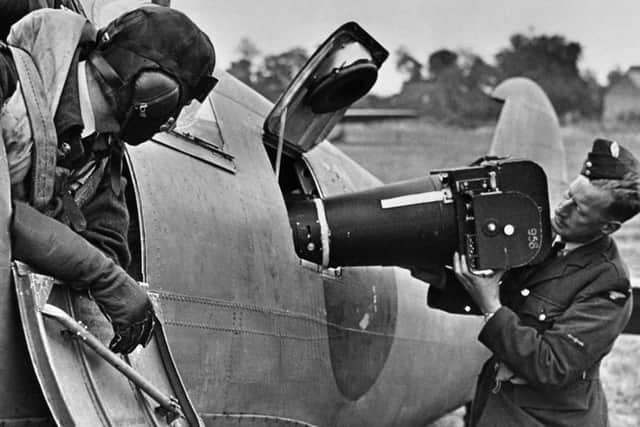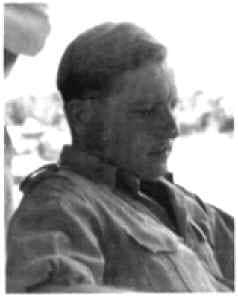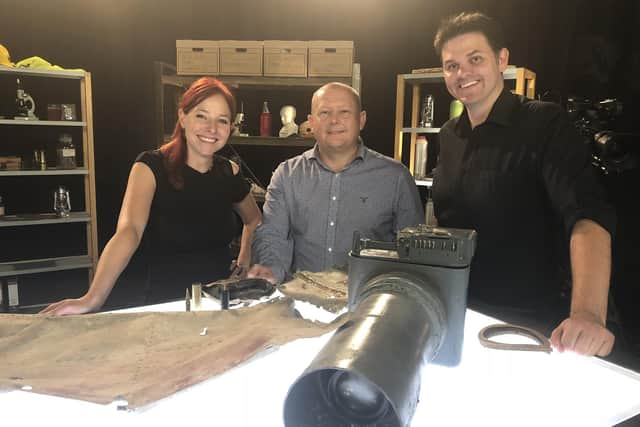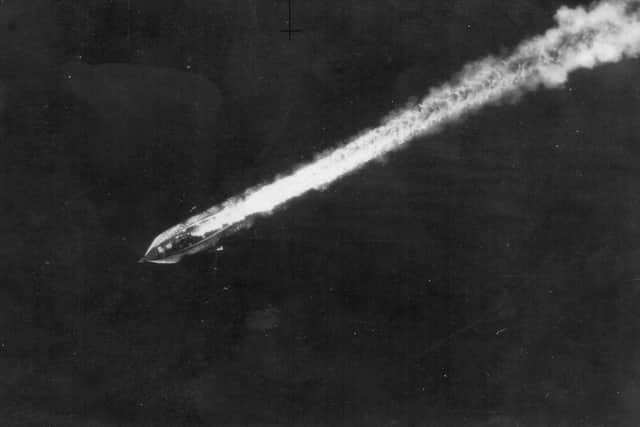Planned WW2 monument to honour Worksop and Retford veteran reconnaissance pilots
and live on Freeview channel 276
A campaign launched by the Spitfire AA810 Project is calling for the backing of Members of Parliament to have the names of around 1,500 pilots and navigators in the PRU commemorated in a memorial.
The PRU was set up in September 1939 and operated highly dangerous secret missions throughout World War II to provide up-to-date intelligence through capturing photos.
Advertisement
Advertisement
The information gathered by the unit was directly used for the strategic planning of the Allied tactics in the Cabinet War Rooms, and was vital in the planning of major operations such as D-Day and the Dambusters Raid, the monitoring of the Nazi battleships Bismarck and Tirpitz, and the discovery of Hitler's V weapon programmes at Peenemünde.


Due to the secretive nature of their operations, the men flew solo operations without any protective armour or weapons – resulting in a death rate of almost fifty per cent. Life expectancy in the PRU was estimated to be around two-and-a-half months, however despite having one of the lowest survival rates in the war there is no national memorial to the PRU.
To recognise the unit’s heroic actions, a campaign was launched by Tony Hoskins to create a memorial. Over the past four years, with the help of two others, Mr Hoskins has so far tracked down the lives of 1,100 men out of the 1,500 thought to have served in the unit.
He said: “Those 1,500 men effectively took 26 million photographs during six years of the war. That information was interpreted by young ladies who gleaned all the information out of it and presented that to the powers that be at what was then the Cabinet War Rooms.


Advertisement
Advertisement
“It was the closest you could get to real time intelligence and therefore vital, and they've never been honoured.
“We want to create a monument to all of those men and the photo conservators on the ground and show that their work was as important [in the war].”
Among the hundreds of men being paid tribute to is Worksop’s own Thomas Burdett, as well as East Retford’s Peter Illingworth.
Born in Worksop, flying officer Thomas Burdett DFC flew with 540 Photographic Reconnaissance Squadron and survived the war. However, very little else is currently known about his military and civilian life.


Advertisement
Advertisement
The Spitfire AA810 Project would like to hear from relatives, friends or researchers who may have more information about him and his service.
Squadron leader Peter Illingworth was another member of the unit, who even survived after being shot out of the sky by the enemy.
Born in East Retford in 1917, Illingworth joined the RAF pre-war to learn to fly, and his technical navigational skills soon saw him posted to ‘A’ Flight of No 1 Photographic Reconnaissance Unit based at RAF Heston, West London, in 1940.
Converting to Spitfires, Illingworth flew many missions over France and the Low Countries before a posting to Wick in Scotland saw him flying yet more unarmed missions over the North Sea to monitor the Nazi’s activities in Norway.


Advertisement
Advertisement
He served in several units in the Middle East, before becoming the commanding officer of 112 Squadron, where he flew Kittyhawk aircraft from Sicily.
At age 27 in March 1944, Illingworth was shot down by flak causing him to crash into a mountainside in the former Yugoslavia. To avoid being captured, he managed to reach a farm where a family helped to hide him underneath a pile of stones until the German search parties had passed.
He eventually returned to his unit in Sicily with the help of local resistance units, where he was posted to 540 Photographic Reconnaissance Squadron flying Spitfires once more.
In 1946 he left the RAF for a year before re-enlisting. He converted to the new Meteor jet fighter with 263 Squadron and later served in Kuala Lumpur, working in psychological warfare.
Advertisement
Advertisement
He retired a squadron leader in 1958 and ran a pub in Buckinghamshire and a restaurant in Surrey until he finally retired in 1975.
The Retford-born veteran died in the Oxfordshire village of Shiplake in 2015, aged 97.
A location for the monument is still in the pipeline.
Brendan Clarke-Smith is one of the MPs to support the campaign. He said: “I am delighted to support this fantastic campaign to commemorate those who served in the Photographic Reconnaissance Unit.
“This includes Peter Illingworth and Thomas Burdett, who both served admirably under exceptionally difficult conditions.
Advertisement
Advertisement
“I look forward to working with the Spitfire AA810 Project to establish this memorial and to being able to pay my respects there once it is completed.”
For more information on the monument, please visit: http://bit.ly/3HrpjXA

